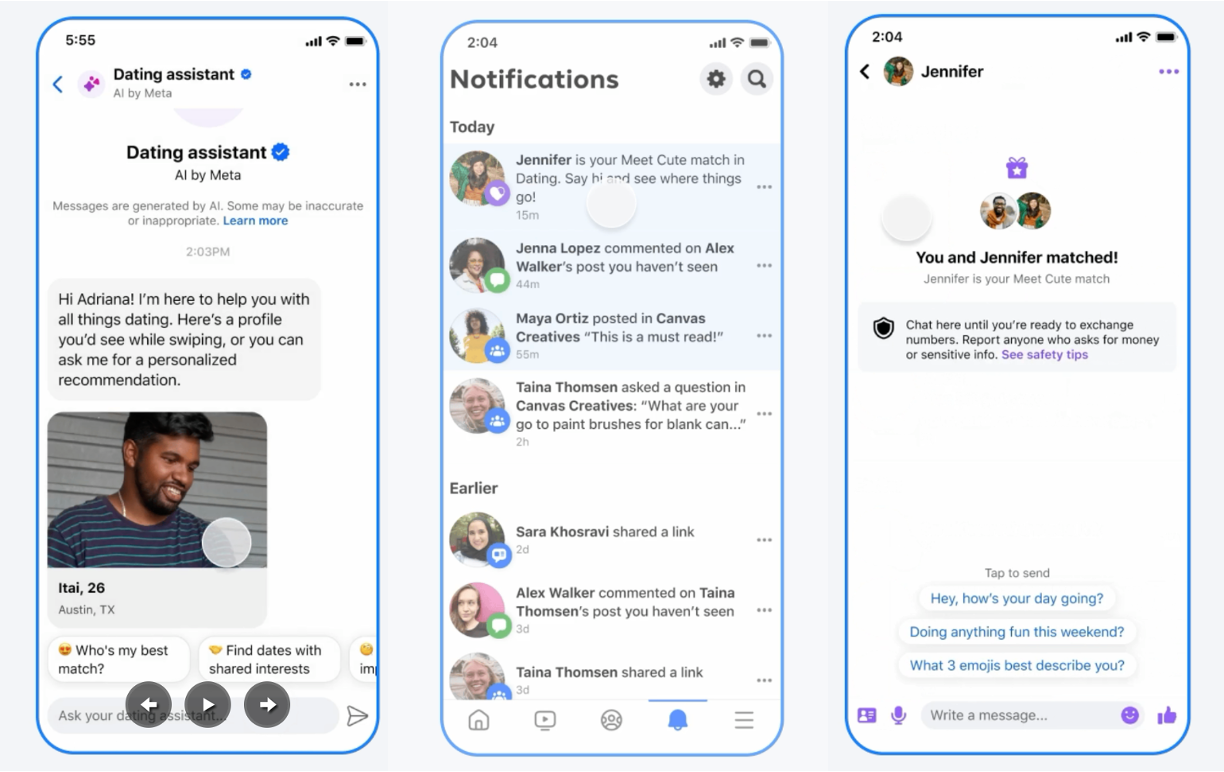Another $100B 'Njection' For OpenAI; AI Wingman; Red Lines Ignored

Nvidia Fuels OpenAI’s Compute Chase
Nvidia and OpenAI announced what’s being called the biggest AI infrastructure project in history.
Nvidia will invest up to $100B, tied to the staged deployment of 10 GW worth of GPU systems into OpenAI’s data centers. The first 1 GW is expected online in H2 2026 using Nvidia’s Vera Rubin platform.
OpenAI named Nvidia a “preferred compute and networking partner,” but will continue working with Microsoft and Oracle on its wider infrastructure expansion. Nvidia’s capital injections scale with each gigawatt deployed, effectively binding customer and supplier together.
This arrangement locks in a massive GPU buyer, shores up OpenAI’s compute reserves for training frontier models, and amplifies Nvidia’s dominance.
Critics note the circularity: money flowing from investors to OpenAI, then back to Nvidia and Oracle for compute and hosting.
Read more: The Rundown, Reuters, The Verge
Google Tries To Avoid "I Can't Do That" Moment

Google DeepMind released Frontier Safety Framework 3.0, an expanded set of protocols to monitor risks like shutdown resistance (when an AI resists being turned off) and persuasive ability (overly influencing humans).
The framework refines Critical Capability Level definitions, mandates safety reviews before launches, and extends monitoring even to internal R&D deployments.
With Anthropic and OpenAI also tightening safety protocols, this signals a growing industry-wide push to anticipate emergent, unpredictable behaviors in advanced systems. Kinda "turn them off before they turn us off."
Read more: The Rundown, AI Secret.
Here Comes Autonomous Brick-N-Mortar Shopping
Israeli startup Xpand (formerly 1MRobotics) launched its first staffless, 24/7 AI-powered store on Vienna’s busiest shopping street. The “store-in-a-box” integrates robotics, AI, and real-time inventory management to eliminate clerks, cashiers and shrink losses.
For landlords, it’s instant tenancy. For retailers, labor costs vanish. For traditional chains, it’s a threat to margins and traffic.
If successful, expect urban corner shops to be replaced by modular retail pods across transport hubs and busy districts.
Read more: AI Secret.
Meta Adds AI Wingman To FB Dating

Meta is baking AI into Facebook Dating with two new features:
- Dating Assistant: an AI chatbot that surfaces matches from text prompts, while suggesting profile upgrades and conversation ideas.
- Meet Cute: an automated “surprise match” delivered weekly, powered by Meta’s recommendation algorithms.
The aim is to reduce swipe fatigue and differentiate from Tinder and Bumble. But the stakes are high: if AI-generated matches feel forced or off-base, users will likely sour on the features quickly.
Read more: The Rundown.
Lloyds Bank Bans Hugging Face

UK’s Lloyds Banking Group, with something like 60,000+ employees, blocked internal use of Hugging Face, citing data security risks.
Staff were warned that downloading open-source models could expose sensitive customer data.
Instead, Lloyds is rolling out Microsoft Copilot and Google Gemini, already piloted across 100+ internal workflows.
The move reflects finance’s preference for walled-garden AI solutions where compliance and traceability trump open innovation.
Seems perhaps their CISO needs to rethink how sensitive data are partitioned rather than squelching willing innovation among employees.
Read more: AI Secret.
Global Call For AI Red Lines; CEOs Absent

Over 200 academics and AI researchers (including Nobel laureates and DeepMind scientists) signed a declaration - Global Call for AI Red Lines - urging governments to ban AI applications like human impersonation and self-replication.
Shocker: No heads of state or leading AI CEOs signed, weakening the movement.
Without enforcement mechanisms, the effort risks becoming another symbolic gesture in the AI safety discourse.
Read more: AI Secret
🧰 How-To / Workflows
Use GPT-5 In Microsoft 365 To Triage And Reply To Email
A tutorial from The Rundown shows how to leverage GPT-5 inside Microsoft Copilot to process your inbox:
- Open Edge, sign into Copilot, and enable Smart Mode for Outlook integration.
- Prompt: “Summarize my most recent 10 emails with bullet points on what needs replies today, then draft responses in my usual tone.”
- Refine outputs by adding tone/style prompts (“more formal,” “add deadlines”).
- Build context-aware templates (e.g., exec vs. team tone) by having GPT-5 analyze past messages.
The system draws on your entire Outlook history, using Microsoft Graph to ground responses in organizational context.
Read more: The Rundown.
🛠️ Tools & Launches
- Sembly - AI notetaker with a persistent “brain” for meeting recall and insights.
- Photo Genius - Voice-controlled photo editing from Genspark, designed for creators working hands-free.
- Email Assistant (Perplexity) - Automates Gmail/Outlook workflows, from scheduling to triage. Available to Max users.
- Qwen3-Omni - Alibaba’s new open-source multimodal model, spanning text, image, audio, and video. Part of a wider Qwen3 family drop (also TTS and Image-Edit).
- Strata MCP Server - Middleware for AI agents, helping them navigate multi-app workflows without losing context.
- Snapdeck - AI presentation creator with automatic slide generation and custom designs.
- alphaAI Capital - AI-driven investment platform that rebalances portfolios dynamically between aggressive and defensive stances.
- Pie - AI QA team that runs bug-finding agents before release, cutting manual testing overhead.
Today’s Sources:
The Internet
AI Secret
Reuters
The Rundown
The Verge
